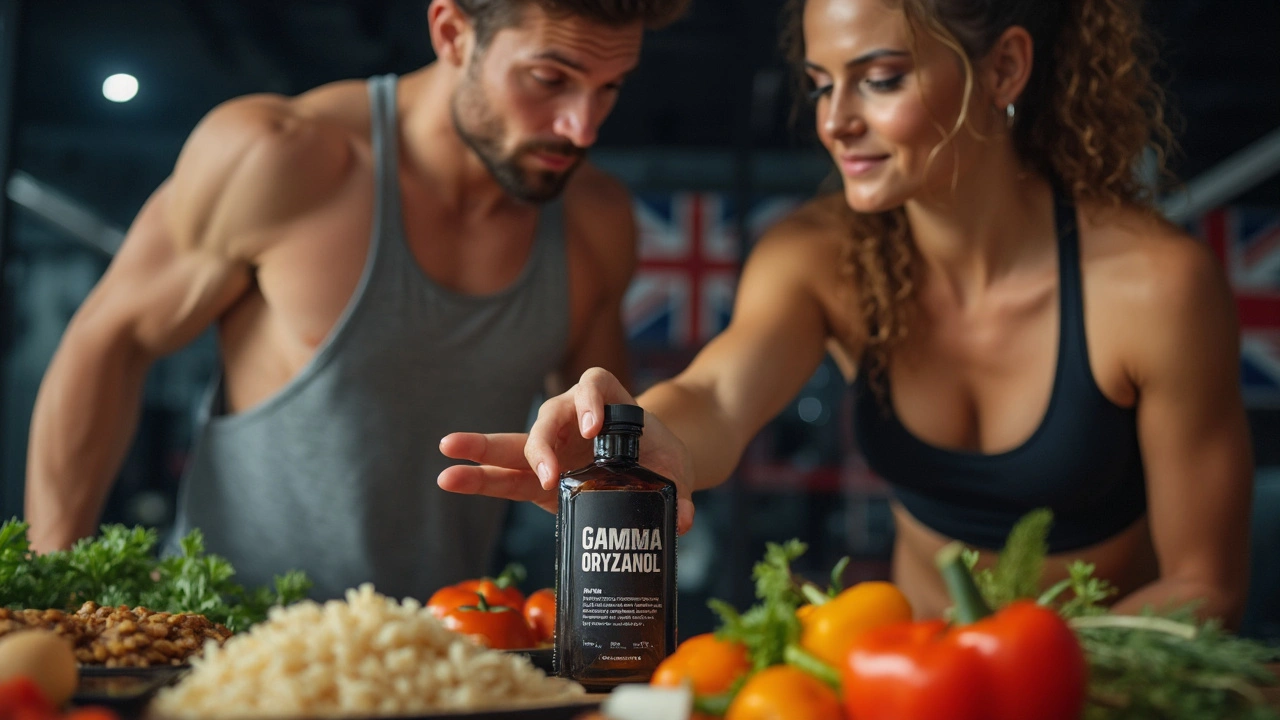Cholesterol: Simple Facts and Practical Steps to Lower Your Numbers
Cholesterol gets a bad rap but it’s part of life — your body uses it to build cells and hormones. The problem starts when certain types, mainly LDL, pile up in arteries. That's when heart attacks and strokes become real risks.
Know the numbers: LDL (bad) under 100 mg/dL is a common goal, under 70 if you have heart disease. HDL (good) above 60 mg/dL is protective. Triglycerides should be below 150 mg/dL. Your doctor will judge these numbers together with blood pressure, diabetes, age and smoking to estimate your heart risk.
Practical diet changes that actually work
Swap trans fats and cut back on saturated fat from fatty cuts, butter and full-fat dairy. Eat more soluble fiber — oats, beans, apples — 5–10 g daily can lower LDL noticeably. Add plant sterols or stanols (about 2 g/day) — many studies show they can cut LDL by roughly 6–15%. Eat fatty fish twice a week for omega‑3s, and choose olive oil, nuts and avocado instead of processed snacks.
Small, realistic swaps beat strict rules. Try swapping a fry for a baked potato, use olive oil in salads, and add a daily bowl of oats. Losing 5–10% of body weight often helps triglycerides and LDL.
Exercise, meds, and when to see a doctor
Move more. Aim for 150 minutes of moderate aerobic activity each week — brisk walking, cycling, swimming. Exercise raises HDL and helps lower triglycerides. Quit smoking if you can; stopping raises HDL fast. Limit alcohol — more than moderate drinking raises triglycerides.
If lifestyle changes aren’t enough, medications can help. Statins are the most common and often reduce LDL by 30–50% depending on dose. Other options include ezetimibe, PCSK9 inhibitors, and fibrates for high triglycerides. Your doctor will pick based on your risk, other conditions, and side effects.
Get a baseline cholesterol test as an adult and repeat every 4–6 years if low risk. Test sooner and more often if you have diabetes, high blood pressure, family history of early heart disease, or if you're on treatment. You can usually test nonfasting; your clinician will advise when fasting matters.
Find trustworthy info. Pages on GoGoMeds cover medications, alternatives, and real-world tips — useful if you’re comparing statin options or looking for safe supplements that help inflammation and heart health. If you have questions about interactions, especially with drugs you already take, ask your pharmacist or doctor before changing anything.
Cholesterol control is a mix of steady habits and smart medical choices. Small, consistent changes add up more than sudden fixes. If you’re worried about your numbers, book a checkup and start with achievable steps like swapping snacks, walking more, and getting a cholesterol test.
Quick checklist: get a baseline lipid panel, aim for 150 min/week of cardio, eat two servings of fish weekly, add 6–8 grams of soluble fiber daily, avoid processed foods with trans fats, and discuss statin benefits and risks if LDL stays high. Track progress with a repeat test in three months after major changes.

